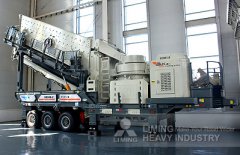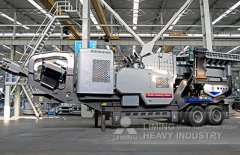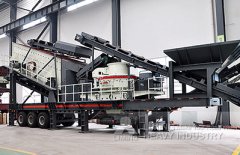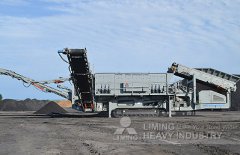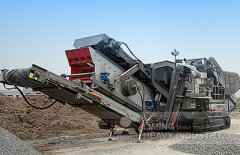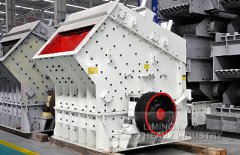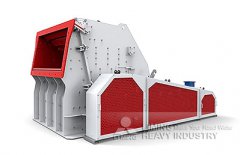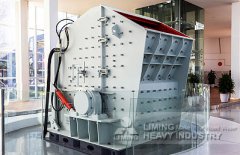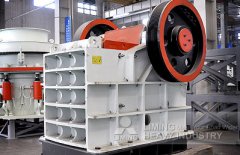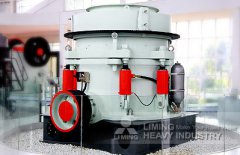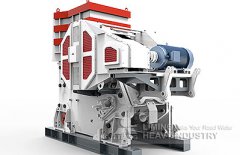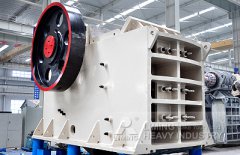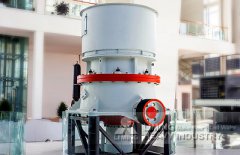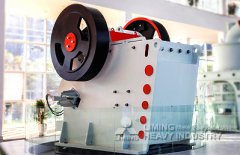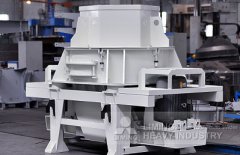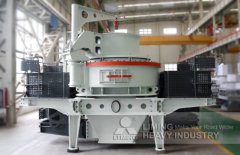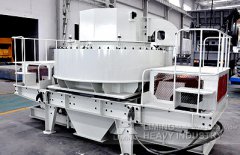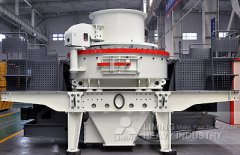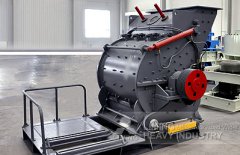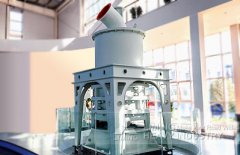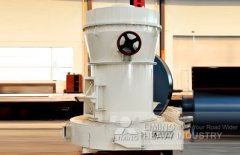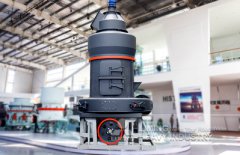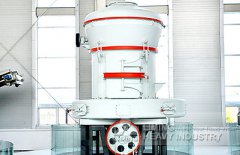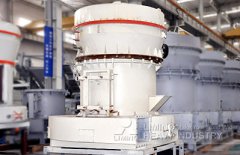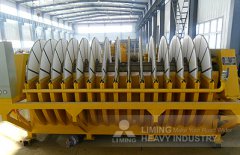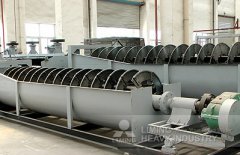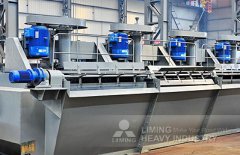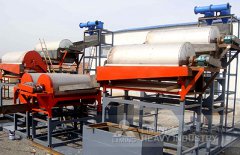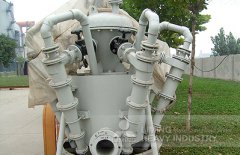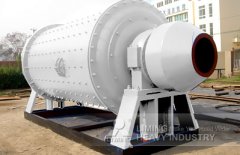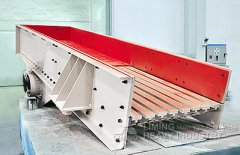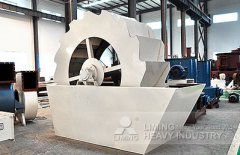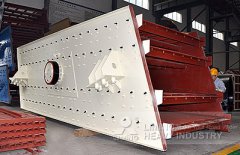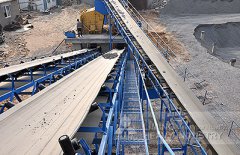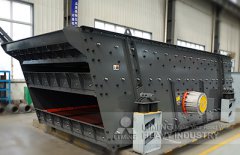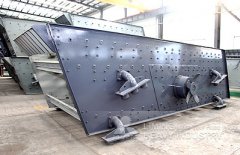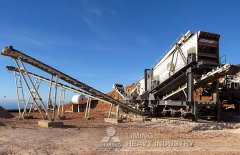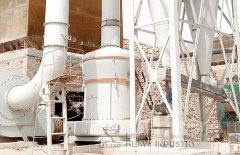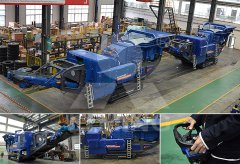Case
bauxite residue investigating
2021-12-09T07:12:41+00:00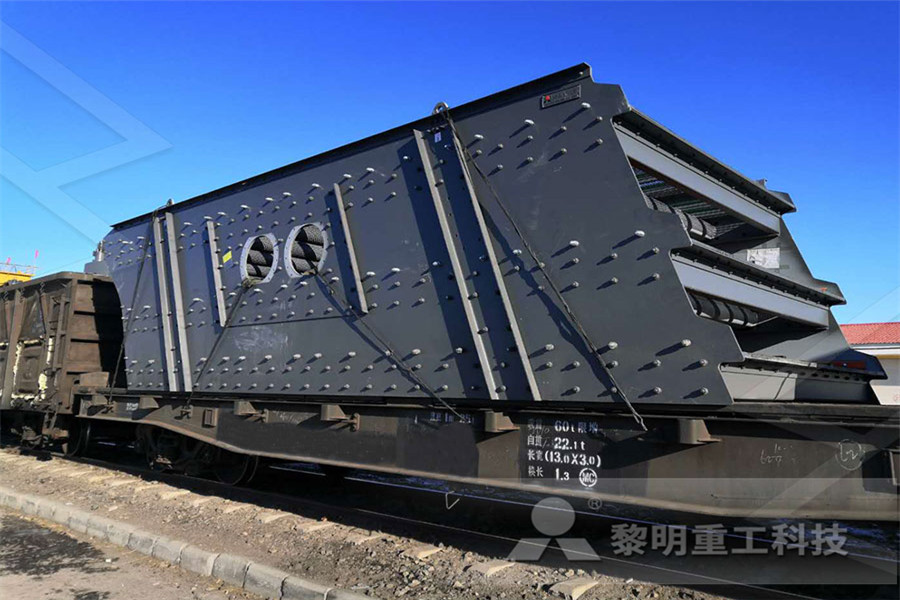
Investigating bauxite residue flocculation by
FBRM has proved to be a very powerful tool for investigating and comparing the flocculation performance of process hydroxamate and polyacrylate flocculants with Bayer process bauxite residue slurry The key difference in polyacrylate and hydroxamate flocculation is the way the aggregates develop postshear, with hydroxamate aggregates exhibiting a greater degree of postshear aggregation 1 Introduction The global inventory of bauxite residue has exceeded 46 billion tonnes, necessitating concerted efforts to improve environmental outcomes of longterm storage and remediation, as well as growing interest in reuse [, , ]Research on the utilisation of bauxite residue has been made in the manufacture of bricks, blocks and geopolymers in construction industries, and as filler Experimental and geochemical modelling Bauxite ore is characterized by its high concentration of iron oxide and alumina, along with various other mineral and chemical structures Alumina occurs in 3 principal phases, depending on the origin and type of the ore These are Gibbsite or Hydrargillite (γAl(OH)3), Boehmite (γAlO(OH)) and Diaspore (αAlO(OH)) The occurrence of bauxite in some key producing countries is given in Table 1BAUXITE MINING AND REFINERY: INVESTIGATING
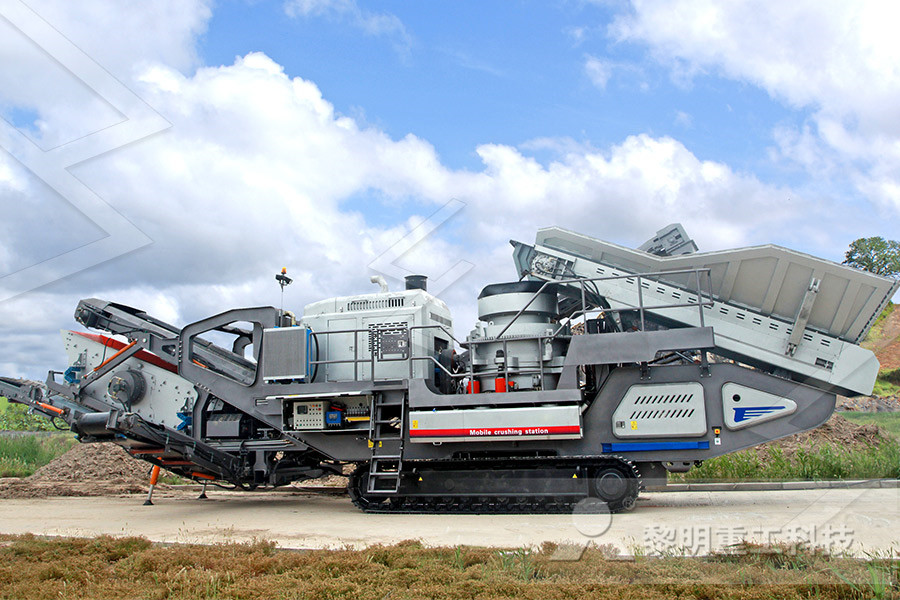
bauxite residue investigating smoothnewspl
Bauxite tailings Wikipedia Bauxite tailings, also known as bauxite residue, red mud, red sludge, or alumina refinery residues (ARR), is a highly alkaline waste product composed mainly of iron oxide that is generated in the industrial production of alumina (aluminium oxide, the principal raw material used in the manufacture of aluminium metal and also widely used in the manufacture of In the bauxite residue, LDH occur as hydrocalumite (HC) and hydrotalcite (HT) due to the replacement of a trivalent Al3+ from gibbsite with divalent Mg2+ or Ca2+ from the brine To balance the net positive charge, carbonate ions are adsorbed in the interlayerInvestigating the Synergistic Effect of Bauxsol™ in an Bauxite residue is a mineral slurry left behind after extracting alumina from bauxitic ores using the Bayer process Bauxite residues are strongly alkaline, have a high salt content and electrical conductivity (EC) dominated by sodium (Na+), and its constituent particles are compacted upon drying imparting a high bulk density By the year 2000, the alumina industry had produced circa 2 billion tons (Bt) of bauxite residue and is estimated to reach the 4 Bt mark at its current production rate by 2015 (Power et al 2009) Amongst refiners and stakeholders of alumina refineries, it is well accepted that continued production of alumina is dependent upon a reliable, longterm disposal system for bauxite residues Therefore, significant efforts have been undertaken over the past 25 years to find suitable utilization options, other than storage In particular, utilization as a soil amendment or conversion into soil are high priority as they would enable a hightonnage enduse outside of existing bauxite residue Chemistry of trace and heavy metals in bauxite residues

Experimental investigation on strength and durability
Bauxite Residue is a caustic spinoff of the Bayer manner of bauxite refining to supply alumina The predominant chemical elements of pink mud are Fe 2 O 3, Al 2 O 3, TiO 2, SiO 2, and Na 2 O Iron oxide is the only which offers it a darkish red color that’s why it's also known as crimson dust No flowers can live on Bauxite Residue disposed bauxite residue management practices comply with environmental and health standards Residue storage areas are inspected daily by specialised dam operations staff trained to recognise conditions that could compromise dam integrity, or indicate that an unsafe condition is developing All Australian bauxite residue storage areas are inspectedBauxite Residue In Australia World Aluminium“We’re investigating possibilities for converting bauxite residue into building materials, using bauxite residue in its entirety, so that no waste is left behind We chose to look at building materials because the volumes of bauxite residue produced are too large to be processed in any other way”Red mud becomes a green raw material KU Leuven
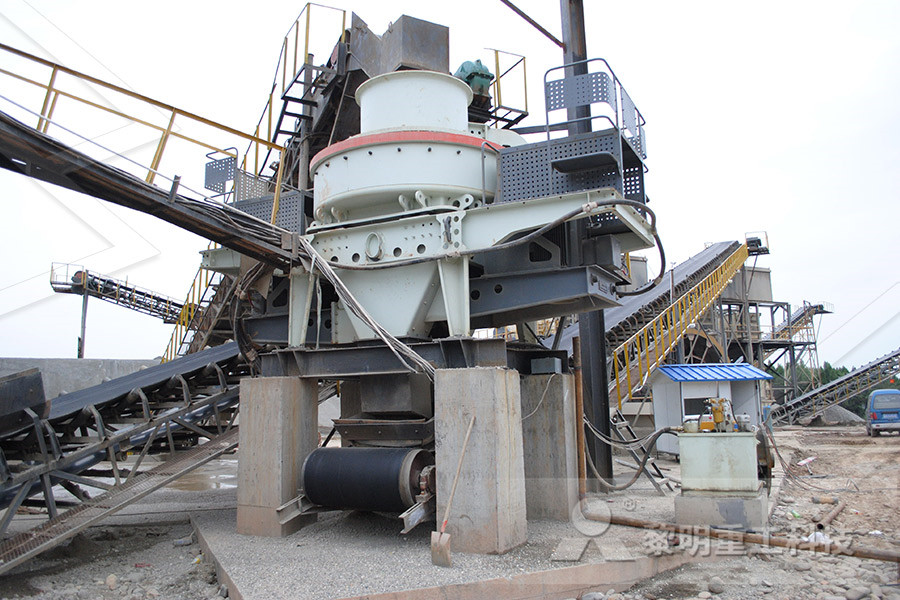
Regionalscale investigation of salt ions distribution
Revegetation on bauxite residue disposal areas is the most promising strategy to reduce its potential ecological risk during stacking or disposing Migration of salt ions in bauxite residue is one of the major issues to stimulate soil formation to support plant growth 21 residue samples were collected and the related parameters including exchangeable cations, soluble ions, total salt, pH Abstract Polyacrylate and hydroxamate flocculants are commonly used to aid solid–liquid separation of bauxite residue from pregnant liquor in the Bayer process This study presents the direct examination of the bauxite residue flocculation with polyacrylate and hydroxamate flocculants, using the focussed beam reflectance measurement (FBRM) probe to monitor aggregate dimensionsInvestigating bauxite residue flocculation by investigating bauxite residue from an alumina refiner processing Darling Range (Western Australia) bauxite in a low temperature (~ 145 oC) digest Aims and Objectives The aim of this study is to provide a comprehensive description of the speciation of potentially toxic metalsChemistry of trace and heavy metals in bauxite residues
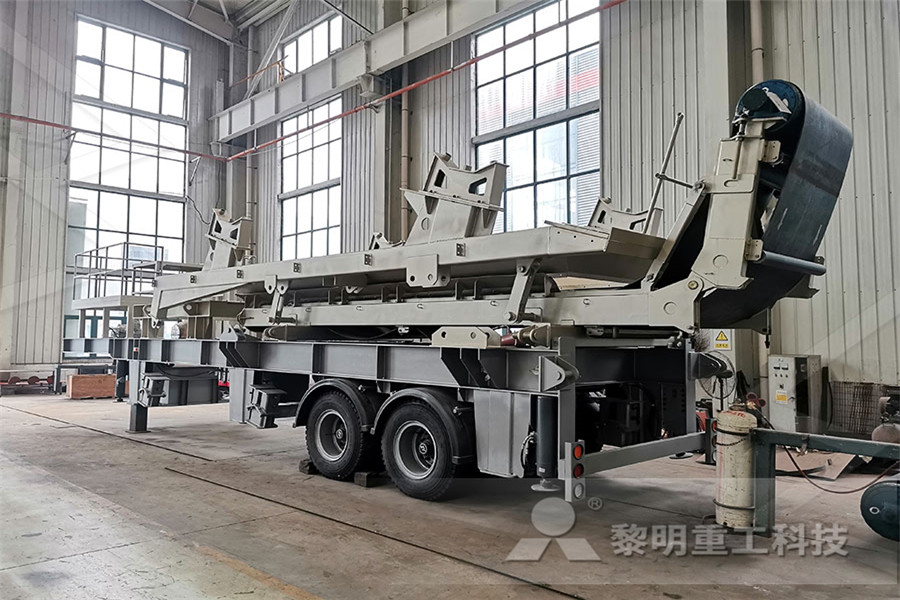
Experimental and geochemical modelling
Simulated weathering of bauxite residue was performed and leachates were analysed • PHREEQC modelling was carried out to predict the natural weathering behavior • pH significantly impacted the speciation of all elements during leaching • Sodalite and calcite were buffering minerals during bauxite residue weathering “Using bauxite residue as the raw material for construction products is one potential solution we are investigating for bauxite residue Finding viable uses for this byproduct is a challenge for our industry globally, but we aim to reduce and even eliminate the need to store new bauxite residue EGA Partners With Belgian Firm to Investigate Reuse Bauxite Residue Storage Areas? All Australian alumina producers are investigating ways to reduce the longterm environmental footprint of bauxite residue storage areas, and to treat the residue so that it is more suitable for reuse or longterm management Techniques such as Bauxite Residue In Australia World Aluminium

The use of bauxite residue to control diffuse
The Department of Agriculture, Western Australia has been working with Alcoa World Alumina Australia Ltd for more than ten years investigating the potential to use bauxite refining residues as soil amendments for the poor, acidic, sandy soils of the Swan Coastal Plain in south west Australia Regional waterways, especially the Peel Inlet and Harvey Estuary, have historically been susceptible For example, alumina output is the input to the aluminium smelter while bauxite residue output is the input to the recyclers Techniques such as â insituâ leaching, solution mining and biotechnologies will be investigated to achieve the above and pilot plant investigations among partners will be conductedBRAVO Bauxite Residue and Aluminium Valorisation 12 Bauxite residue fl occulation Achieving rapid solidliquid separation between digestion and precipitation is critical, given the supersaturated state of the liquors A large number of studies have sought to identify the causes of poor solidliquid separation performance from bauxite residue fl occulation From these it is known thatTHE IMPACT OF DESILICATION PRODUCT ON BAUXITE
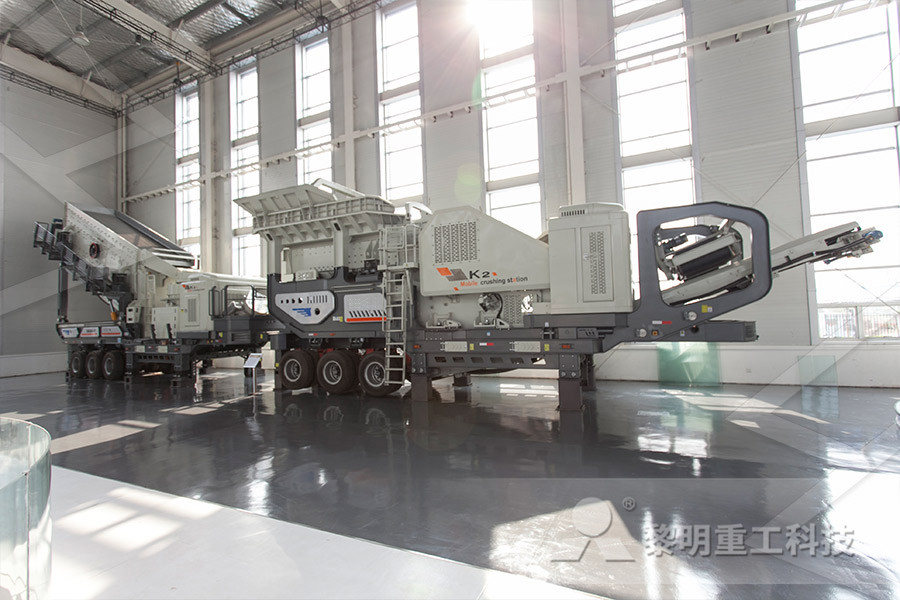
Red mud – addressing the problem – Aluminium Insider
As the greatest producer of aluminium and user of alumina, it is dedicating a considerable effort investigating and implementing reuse of bauxite residue, driven largely by national Government initiatives China has shown the most dramatic change in the Red mud becomes a green raw material KU Leuven researchers are trying to make the most of bauxite residue so that it no longer needs to be disposed of as waste 6 minutes 21 January 2021 Aluminium is one of the most commonly produced metals in the world It’s produced from alumina, which is extracted from bauxite through a chemical process Red mud becomes a green raw material KU Leuven For a number of years, Alcoa World Alumina Australia (Alcoa) has been investigating opportunities to produce economically viable products from bauxite residues Three of these potential products are described here, being Red Sand, ALKALOAM and REDLIMETM Red Sand has a nominal particle size of +100 micron and is physically little different to crushed bauxite from which it is derivedBauxite Residues A High Volume Resource
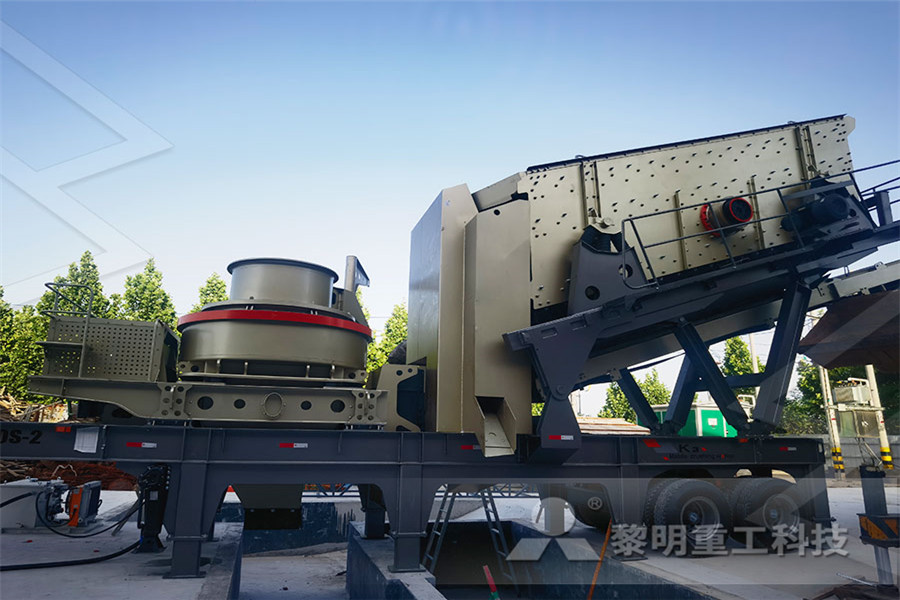
EGA Partners With Belgian Firm to Investigate Reuse
“Using bauxite residue as the raw material for construction products is one potential solution we are investigating for bauxite residue Finding viable uses for this byproduct is a challenge for our industry globally, but we aim to reduce and even eliminate the need to store new bauxite residue Bauxite residue has a high buffering capacity, which is largely associated with its alkaline solids content, eg a variety of hydroxides, carbonates, aluminates and aluminosilicates [9] The disposal of bauxite residue in the form of filter cakes, ie dry cake disposal, is an emergingBR04 Factors Affecting Solute Analysis of Bauxite carbonation of bauxite residue Cooling DJ, Hay PS and Guilfoyle L Alcoa World Alumina Australia (Alcoa) has been investigating residue carbonation as a potential major improvement opportunity for achieving residue storage with lower environmental risk and reduced potential for longterm management requirementsCARBONATION OF BAUXITE RESIDUE AQW
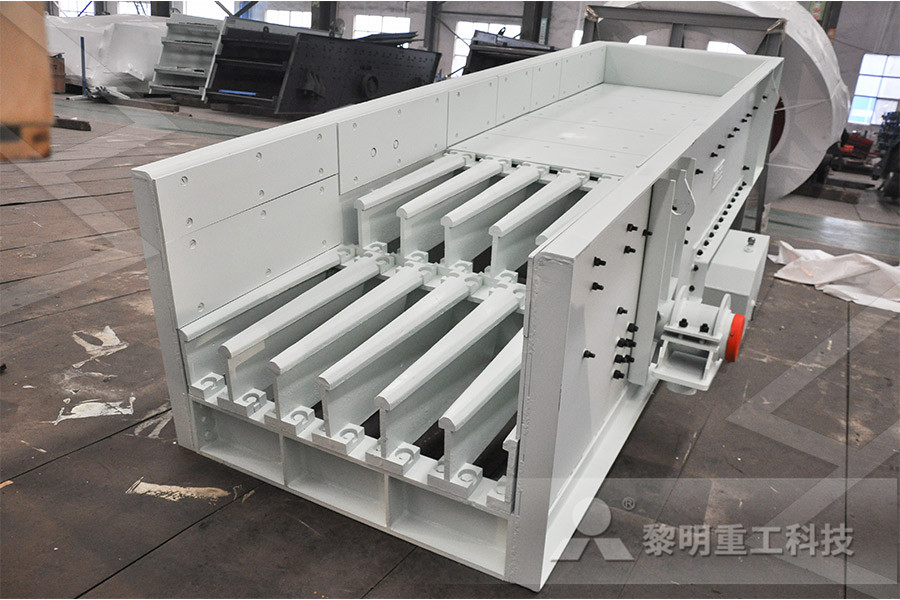
Bacterial communities established in bauxite residues
Bauxite residue is the alkaline byproduct generated when alumina is extracted from bauxite ores and is commonly deposited in impoundments These sites represent 50 hostile environments with increased salinity and alkalinity and little prospect of revegetation when left untreated This study reports the establishment of bacterial management of bauxite residue by investigating perspectives of reducing the quantities of the byproduct disposal Through ongoing research and field trials, a range of significant improvements to reuse methods of the residue have been developed and implemented Various domains of application have been investigated through pilot andConstruction of an unpaved road using industrial by 12 Bauxite residue fl occulation Achieving rapid solidliquid separation between digestion and precipitation is critical, given the supersaturated state of the liquors A large number of studies have sought to identify the causes of poor solidliquid separation performance from bauxite residue fl occulation From these it is known thatTHE IMPACT OF DESILICATION PRODUCT ON BAUXITE
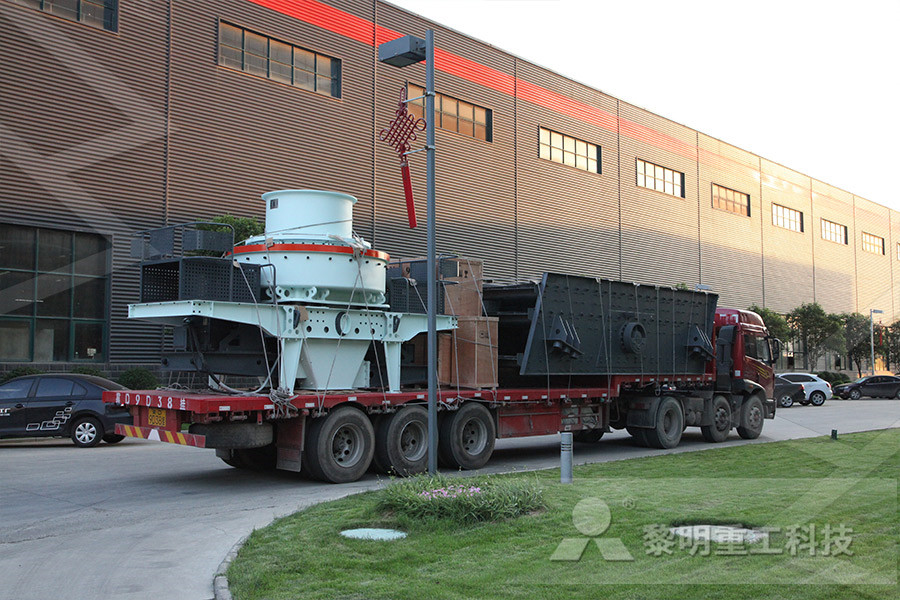
Enhancement of bauxite residue as a lowcost adsorbent
1 1 Enhancement of bauxite residue as a lowcost adsorbent for phosphorus in aqueous solution, 2 using seawater and gypsum treatments 3 4 Patricia B Cusacka,b,c, Mark G Healyb*, Paraic C Ryanb, Ian T Burked, Lisa M T O’ 5 Donoghuee, Éva Ujaczkic,e,f, Ronan Courtneya,c 6 Bauxite residue is a caustic and high alkaline byproduct of the Bayer process, where bauxite ore (aluminium containing mineral) is digested with high concentrations of NaOH (sodium hydroxide) under high pressure and heat to produce alumina, raw material for the production of aluminium [1,2,3]Bauxite residue production can fluctuate from 03 to 25 tonnes per tonne of alumina produced, Modelling Hydrological Performance of a Bauxite USE OF FLUE GAS FOR CARBONATION OF BAUXITE RESIDUE Guilfoyle, L, Hay, P and Cooling, D Alcoa World Alumina Australia has been investigating residue carbonation as a potential major improvement opportunity for achieving residue storage with lower environmental risk and reduced long term liability Results from comprehensive laboratory studies USE OF FLUE GAS FOR CARBONATION OF BAUXITE


